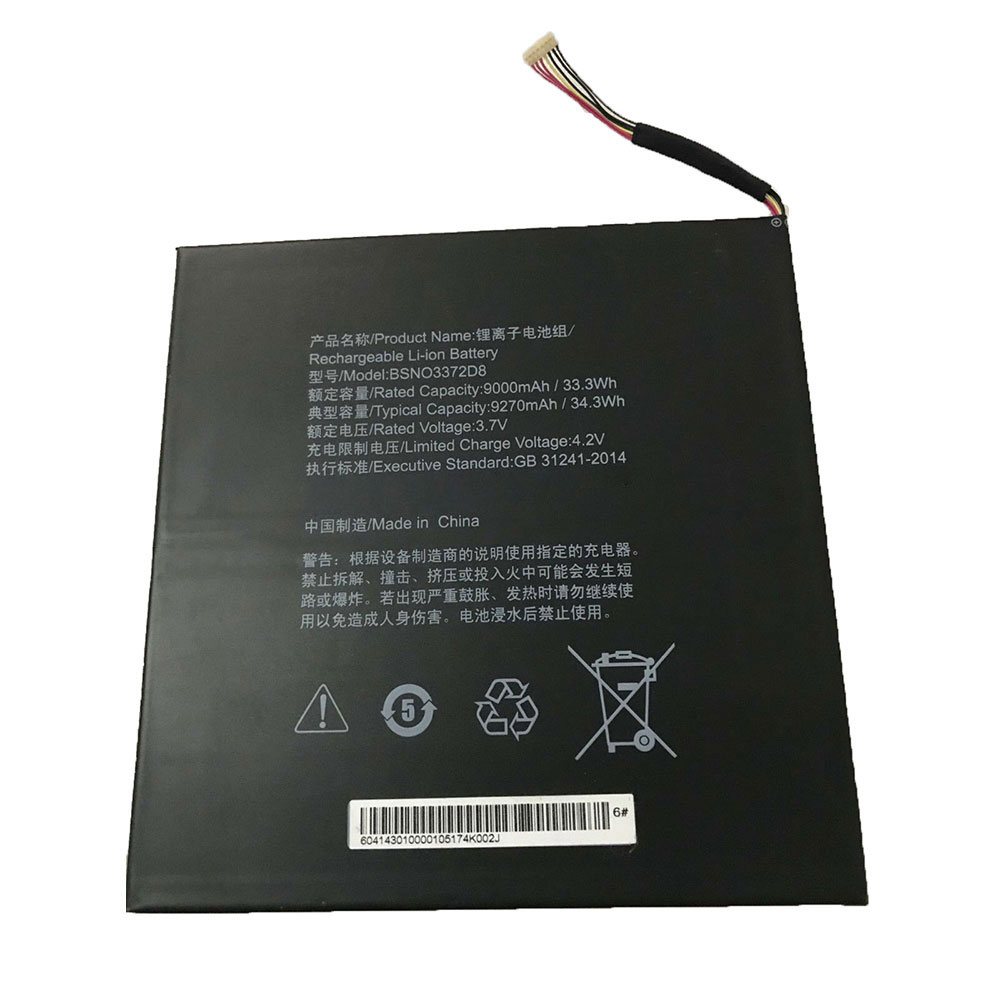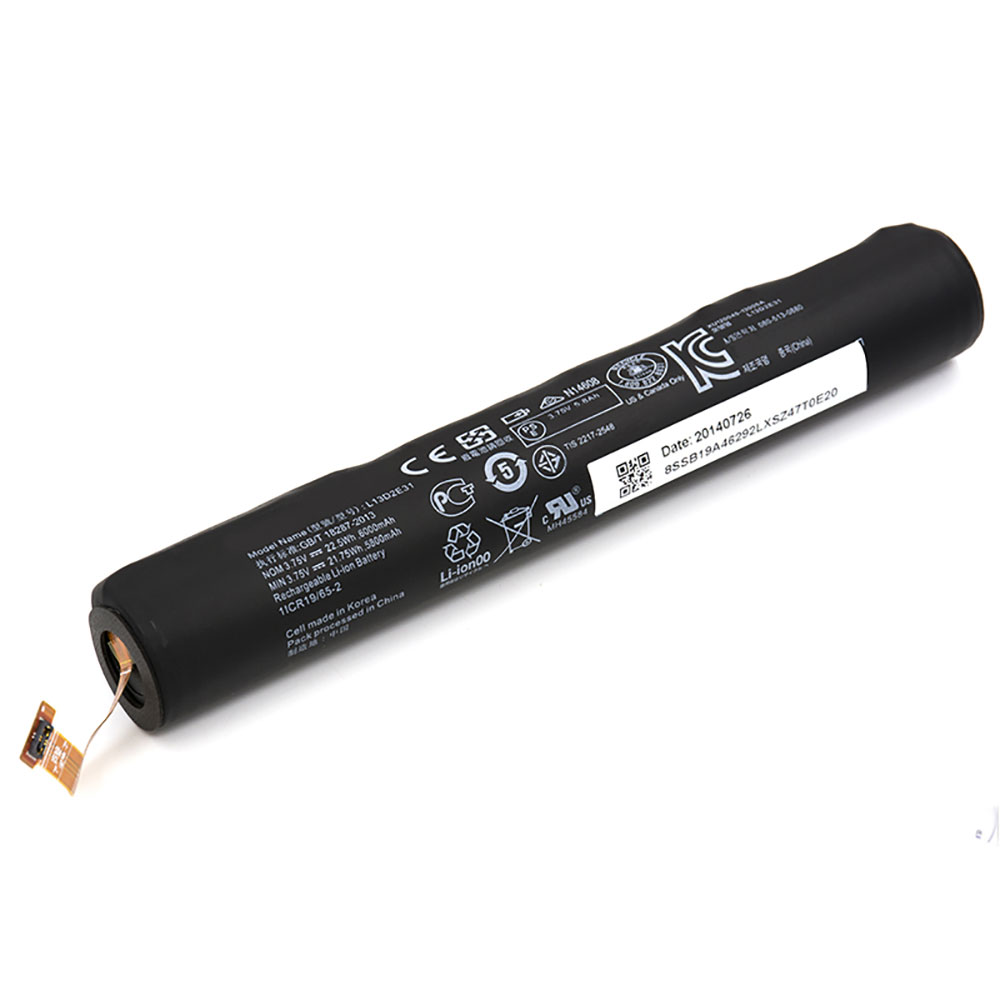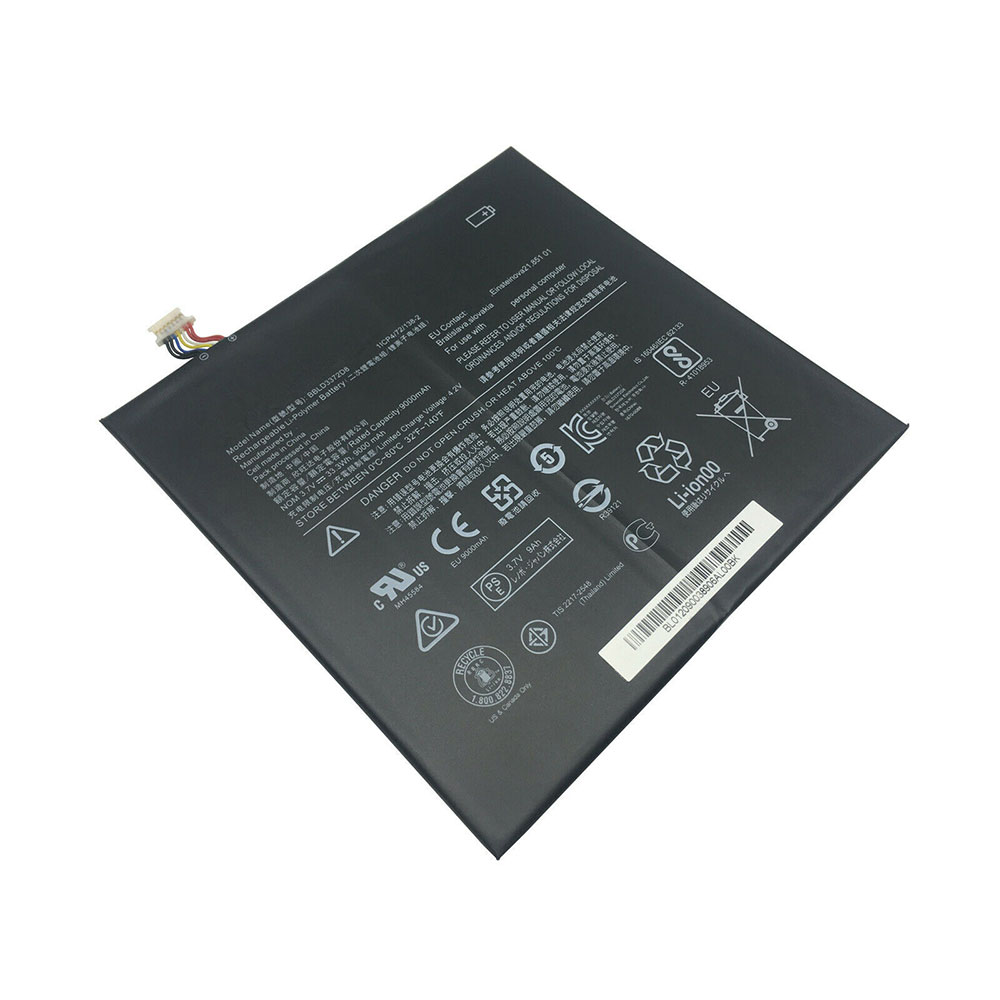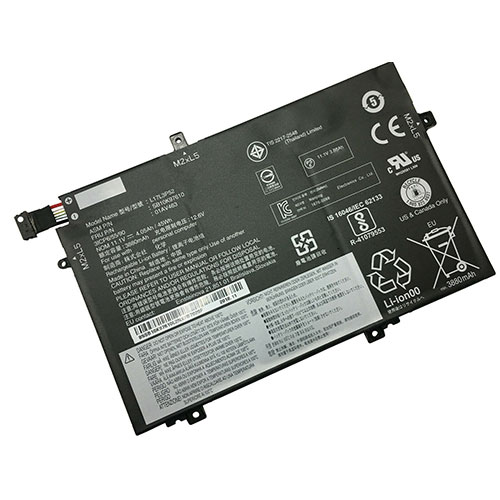iBuyPower is one of the more affordable PC builders out there, making our list of the best gaming PCs. Of course, the price of your build will vary based on what components you put in it, and if you add any extras like an extended warranty or a new monitor to your purchase. But when it comes to the usual up-charge of paying someone else to build your PC, iBuyPower isn’t much more than a DIY home build. This value proposition is on display with its Intel Z390 9900KS gaming desktop.
For $2,300, you’re getting a well-designed high-end build in a beautifully unique case that’s small enough to fit on top of just about any desk. iBuyPower leans more toward the intermediate to advanced PC gamer, as you’ll see by the plethora of brands and products that it offers for your custom build. If you’re new to building PCs, the over-abundance of options might seem overwhelming, so going with a more focused builder like NZXT, Maingear, or Origin could be easier. But if you’ve built PCs in the past and just don’t have the time to spare for your next one, iBuyPower gives you the customization options you’re looking for—plus professional cable management and a good warranty.
While iBuyPower’s cases aren’t the most sleek or glamorous, the design of its Slate MR mid-ATX case is one of my favorites that I’ve seen in the last year, and I’m normally partial to simple, rectangular cases with clean lines. The front of this case functions like a 2-way mirror. You can only see your reflection when the PC is off, but as soon as you boot it up, three fans light up from behind like car headlights through the fog. The effect is subtle and beautiful, and is the best use of RGB lighting that I have seen. The front is divided into three asymmetrical triangle sections, which allows for some additional cool air intake next to the vent that’s on the front right side.
One nit-picky thing is that the tempered glass side panel is screwed into the chassis with only two thumb screws at the back, so the front-facing side of it pops out slightly. I am not sure if that side is supposed to be magnetic, but if it is then the magnet doesn’t work. But there are more good features like the magnetic dust filter on the top. Even with it on hot air escapes efficiently. There’s a single fan at the back to help with that, too. This PC stays cool even when pushed to the max.
The hardware inside is a healthy mix of high-end components, too—or extreme in the case of the Intel Core i9-9900KS, an 8-core 5.0GHz behemoth of a processor. It’s nicely paired with an RTX 2080 Super, and when sitting idly, the Corsair H100i Pro is dead silent. For a build of this caliber, though, I wish there was a different storage solution. Intel’s 660p SSD M.2 isn’t bad, it’s just that for a little extra you can get the same storage capacity with better performance.
For brand name storage, $70 more (excluding any deals) gets you Intel’s 760p, which is a better option that has average read speeds of 3040 MB/s, compared to the 660p’s 1901 MB/s. Or go with the Samsung 970 Evo Plus with read speeds up to 3500MB/s, as it’s consistently one of the best NVMe SSDs. Or get the Adata XPG 8200 Pro 1TB for only $40 extra.
The RAM is also something that could be changed. There’s nothing wrong with Adata. If you’re looking to save the most money on a good 16GB RAM kit, Adata is a good choice. However, the timings for the RAM in this desktop configuration are 16-18-18—not bad but not great either, and there are RAM kits with better timings out there for a minor increase in price, similar to SSDs. G.Skill, for instance, has a variety of DDR4-3200 CL14 kits. On sale, they can go for as low as $100, but of course that’s the non-RGB variety.
While better storage and memory won’t massively improve performance, choosing the Adata RAM and Intel’s 660p SSD for this build comes down to getting the best possible components while saving the most money, which isn’t a bad strategy. Besides, for gaming performance, the processor and graphics card are what matter most, and an i9-9900KS and an RTX 2080 Super is a beautiful marriage, churning out excellent, albeit expected, benchmark numbers: fantastic single-core Cinebench numbers at 2164cb, and intimidating 3D Mark numbers at 1080p and 1440p resolutions. The same goes for in-game benchmarks, too.
Total War: Warhammer II showed the processor’s power at 1080p and 1440p, with an average fps between 85 and 120. The Division 2 averaged 116 fps on 1080p and 80 fps on 1440p. Metro Exodus’ performance takes a bit of a hit at those resolutions, with only 80 fps on 1080p and 63 fps on 1440p. 60 isn’t the lowest bar as far as fps is concerned, but it’s still a ‘gold standard’.
4K performance is where things get dicey for this GPU, which is also not unexpected: Total War: Warhammer II averaged between 48 fps and 57 fps; The Division 2 averaged 44 fps; and Metro Exodus averaged 40 fps. But, some good news—ray tracing (set to high on 1440p) performance on Metro Exodus averaged 60 fps, so you can almost have your cake and eat it too.
Playing at 1080p or 1440p is super responsive and smooth, and arguably a better choice than 4K for now. Having a good monitor helps, but regardless of your display this configuration will run games reliably and with super precision.
iBuyPower is a little less enticing on the customer service side compared to other builders like Maingear. It will professionally build your PC and include all the extra cables in the box, but it’s missing that boutique-touch with neatly wrapped swag or “personal” messaging from the company’s president. If you’re someone who doesn’t need to feel special with those things, then iBuyPower is a good no-frills option. The base warranty is solid as well, covering the entire system (sans monitors and other peripherals) for three years labor against defects in materials or workmanship, and one year parts from the date of purchase.




